To top off my AUSA coverage I’ve saved the one thing that everyone wants to talk about. Anduril’s Eagle Eye family of warfighter augments is easily the most overhyped defense product release in years. The mainstream press loves it but they don’t know anything about Soldiering or helmet design and manufacture. What’s more, Anduril isn’t offering much in the way of technical specs. Rather, they are relying on a few AI created videos, an impressive list of industry partners, and some static displays as fodder to allow everyone to fill in the blanks with their dreams of what a helmet should be.
When the Army novated the Integrated Visual Augmentation System from Microsoft to Anduril earlier this year I leaped for joy. To be sure, Anduril founder Palmer Luckey knows what he is doing when it comes to Virtual Reality / Augmented Reality. If anybody could get this thing to work, he is our man.
Initially, the Army transformed the IVAS requirement to a Next Gen version but then introduced a completely new opportunity for industry to participate called Soldier Borne Mission Command.
Two companies ended up being selected for SBMC: Anduril who quickly put together a team of industry partners and Rivet which signed on to the Wilcox Industry-led FUSION CLAW consortium.
Concurrently, Luckey took his vision of what he believed Soldiers should be wearing on the battlefield and created the aspirational Eagle Eye system which consists of three physical components:
Heads Up Display (the glasses)
Helmet (what everyone is talking about)
Computer Armor (more on this later)
Underlying everything is Lattice, Anduril’s AI engine which I believe is their greatest asset.
While the concept is very cool, it’s also risky. Not to say that some of the greatest things we use weren’t developed by a guy with vision, but no one has asked for this complete system. Eagle Eye promises a lot, integrating power, cooling, compute and biometrics all into a ballistic shell. Perhaps USSOCOM or the Army will come up with a new requirement but so far, they haven’t. Since Anduril isn’t a name that comes to mind when you think “headborne systems” the customer is accepting some risk as well.
In addition to the HUD and helmet, Anduril went one step further, combining battery and edge processing into a hard armor plate. Some of this has been tried before and hasn’t worked. Quite a bit of it was a materials challenge, but there are also operational reasons why this doesn’t make sense. I’m not going to beat the horse here but if you’ve worn armor for a living you can create your own list. If this thing isn’t stronger, lighter, cheaper, and more efficient than the gear currently used, no one is going to adopt it.
Does Eagle Eye work? According to Palmer Luckey it does but the company hasn’t released any weights, armor aerial density, ballistic performance, or impact mitigation data. Those are the things people who actually wear helmets and armor care about. There’s definitely a cool factor afoot but in the end, if it doesn’t protect as advertised the government isn’t going to buy it and Soldiers aren’t going to wear it.
I for one would like to know more about Eagle Eye aside from some hand built models and even more importantly, I want to see what they’ve done in the SBMC space. The collaborative 3D sand table mission planning capability looks particularly enticing. Likewise, the promise of integrating EW sensors and incorporating a “non-emissive digital laser designator” are huge boons.
I had the opportunity to try an early version of IVAS out years ago. It needed work. Considering Anduril’s Lattice is the Artificial Intelligence backbone that the Army seems to be building its Next Generation Command and Control System around, they’ve got a serious leg up. Remember, the goal of SBMC is to increase situational awareness for the Soldier on the battlefield and provide usable data shared via Android Tactical Awareness Kit within the Soldier’s augmented vision along with data from other sensors, offering a single, clear operational picture.
Show us that and work on the helmet side of things with the industry partners who specialize in the various headborne specialities. For example, the Oakley eyepro is brilliant. Troops love brand names and Oakley is a favorite. If they’re working with Gentex, use more than an Ops-Core suspension and chinstrap. They have been providing helmets to SOCOM for decades now for a reason and Soldiers want what the cool kids got.
Build an innovative helmet, that actually offers improvements over what is currently available and customers will come. The same goes for the compute armor concept.
I can’t wait to see that.
You can skip to the end and leave a response. Pinging is currently not allowed.
Read the full article here

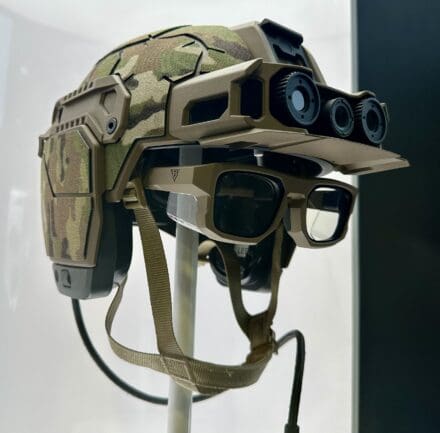
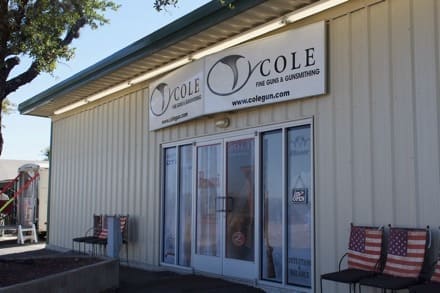


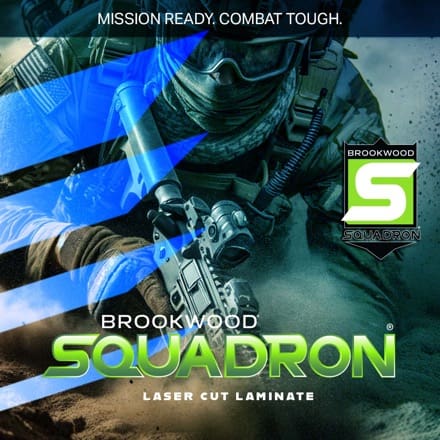
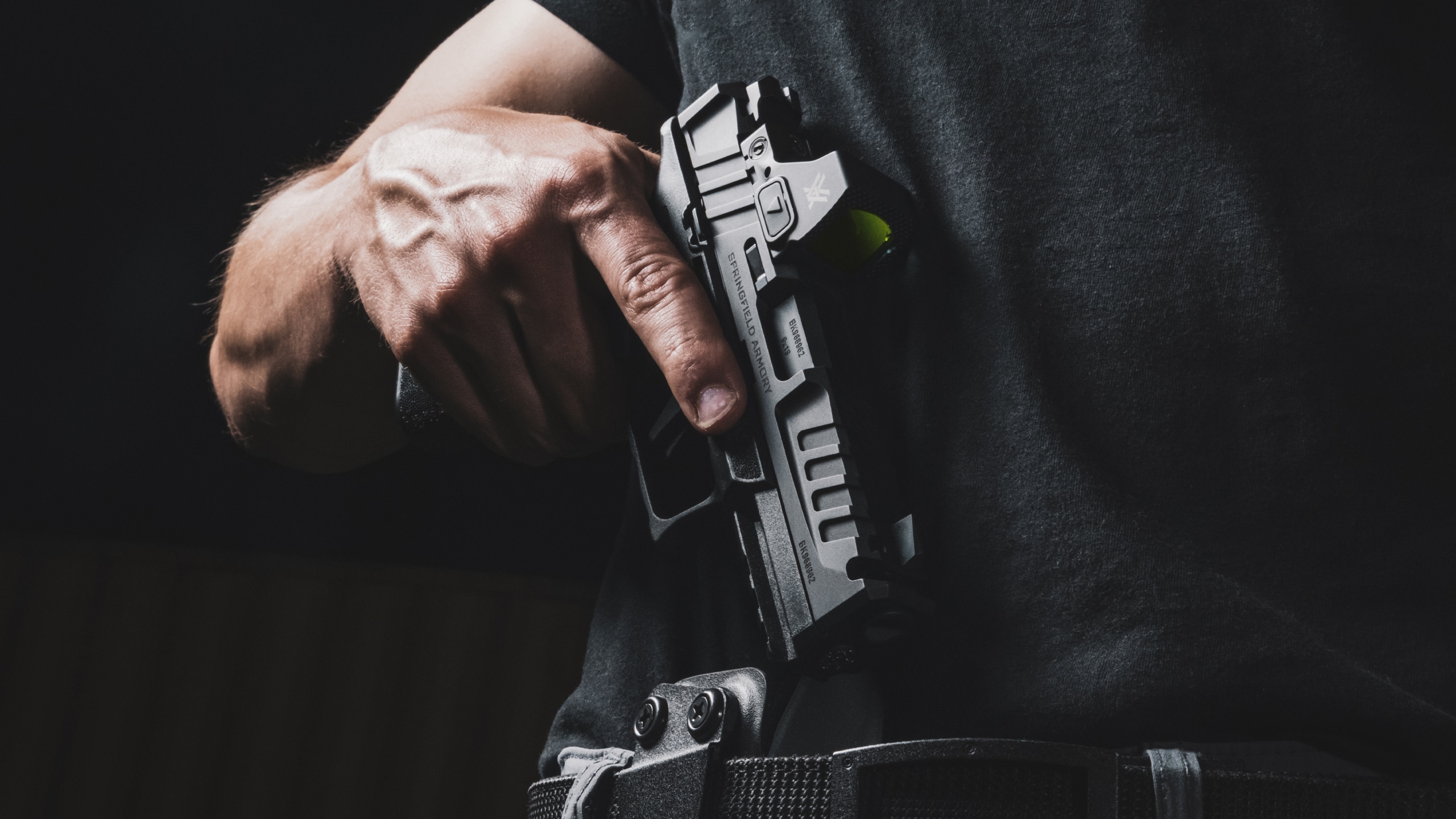
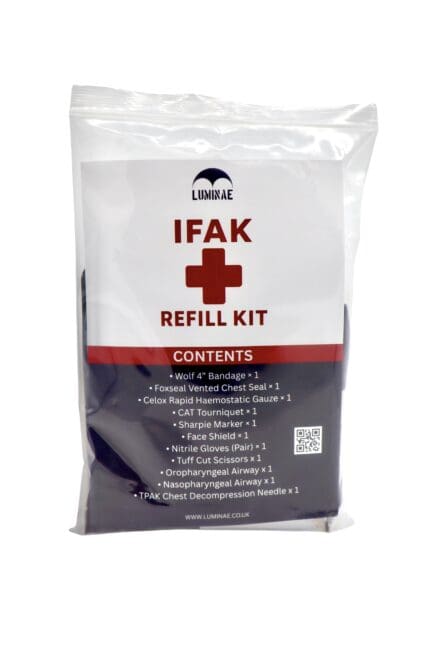
Leave a Reply